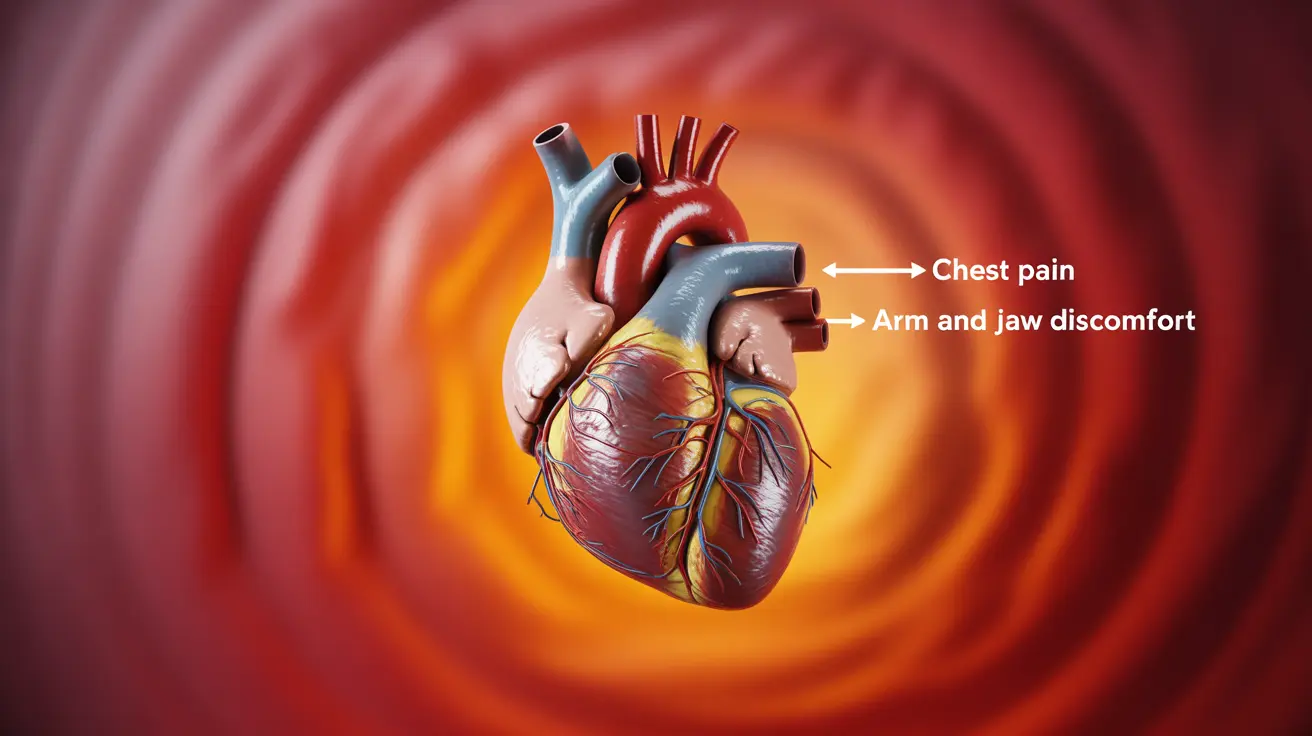Growing a beard is a journey that requires patience, understanding, and proper care. Whether you're attempting to grow facial hair for the first time or starting fresh after being clean-shaven, knowing what to expect during the beard growth process can help you stay committed to your goals and achieve the desired results.
This comprehensive guide will walk you through the typical beard growth timeline, factors affecting growth, and essential tips for maximizing your beard's potential.
Understanding the Beard Growth Timeline
The journey from clean-shaven to a full beard typically takes between 2-6 months, though individual experiences vary significantly. Your beard will progress through several distinct phases during this time.
The First Month (Weeks 1-4)
During the initial growth phase, you'll experience noticeable stubble within the first few days. By week two, you may have what appears to be a short beard, though it might look patchy or uneven. This is completely normal and not necessarily indicative of your final beard pattern.
The Second Month (Weeks 5-8)
This period often presents the biggest challenge for many men. The beard may appear messier and feel itchy as the hairs grow longer. Patches may still be visible, but the overall shape of your beard will begin to emerge.
Months 3-6
By this stage, you should see significant progress in beard fullness and length. The growth rate typically stabilizes, and any patches usually begin filling in as longer hairs can help cover sparse areas.
Factors Affecting Beard Growth Rate
Genetics
Your genetic makeup plays a crucial role in determining several aspects of beard growth:
- Hair density and distribution patterns
- Growth rate and maximum length
- Hair texture and thickness
- Areas where facial hair will grow
Hormones and Age
Testosterone and dihydrotestosterone (DHT) levels significantly influence beard growth. These hormones typically peak during:
- Late teens to early twenties
- Mid-twenties to early thirties
- Prime beard-growing years (25-35)
Optimizing Your Beard Growth
Nutrition and Lifestyle
Support healthy beard growth through:
- Consuming protein-rich foods
- Including biotin-rich foods in your diet
- Staying properly hydrated
- Getting adequate sleep
- Managing stress levels
- Regular exercise
Proper Care and Maintenance
Maintain your growing beard by:
- Using beard oil to moisturize skin and hair
- Regular gentle cleaning with beard-specific products
- Brushing or combing daily
- Trimming stray hairs as needed
- Avoiding over-washing
Frequently Asked Questions
How long does it typically take to grow a full beard from clean-shaven?
Growing a full beard typically takes 2-6 months from clean-shaven, though individual results vary based on genetics and other factors. Most men see significant coverage by month 3, with fuller growth continuing through month 6.
What are the distinct stages of beard growth and when do they occur?
The main stages include stubble (days 1-10), early growth (weeks 2-4), filling in (months 2-3), and full development (months 4-6). Each stage presents unique characteristics and challenges as the beard develops.
Why does my beard look patchy during the early growth phase and is this normal?
Patchy growth during the first few months is completely normal and occurs due to different growth rates and hair patterns. Most patches fill in as the beard grows longer, allowing longer hairs to cover sparse areas.
How do genetics and hormones like testosterone affect how fast and thick my beard grows?
Genetics determine your hair follicle distribution and density, while hormones like testosterone and DHT influence growth rate and thickness. These factors are largely predetermined, though lifestyle choices can optimize your natural potential.
What lifestyle habits can help support and improve beard growth?
Key habits include maintaining a balanced diet rich in proteins and vitamins, staying hydrated, getting adequate sleep, exercising regularly, and managing stress levels. Proper beard care routines and patience are also essential for optimal growth.




